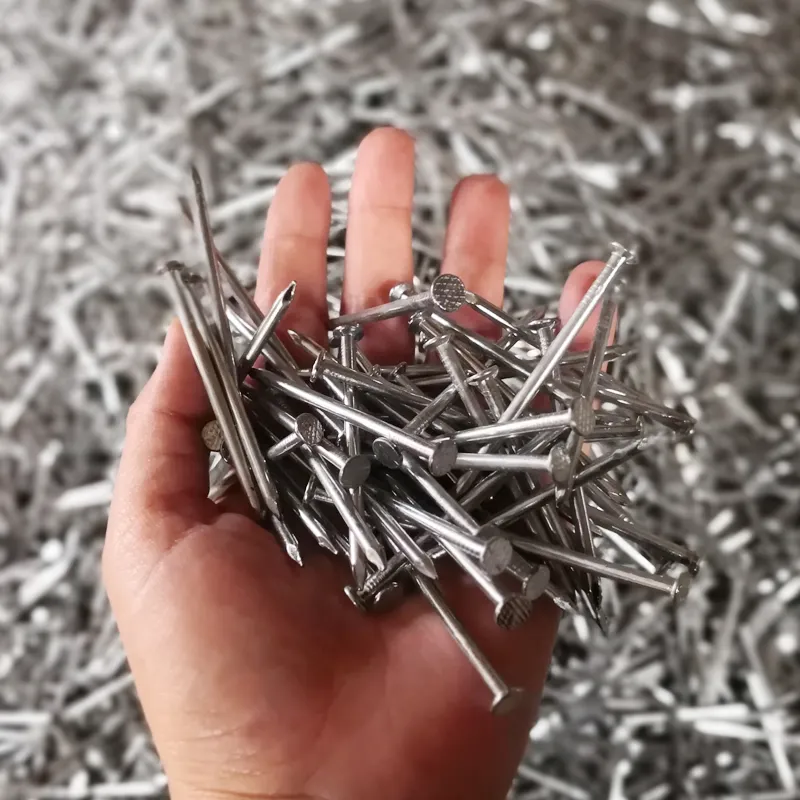When it comes to installing drywall, choosing the right size of screws is crucial for ensuring a secure and lasting installation. While it may seem like a minor detail, using the correct screws can make all the difference in the durability and stability of your drywall.
Types of Drywall Screws
First, let's discuss the types of screws commonly used for drywall installation. There are primarily two types of screws coarse-thread and fine-thread. Coarse-thread screws are generally preferred for attaching drywall to wood studs, while fine-thread screws are better suited for metal studs. This is mainly because coarse-thread screws grip better in softwood, whereas fine-thread screws can cut into the harder surface of metal, creating a secure hold.
Recommended Sizes
The standard size for drywall screws is 1 1/4 inches (1.25 inches), but you might also find screws that range from 1 inch to 2 inches in length. When installing 1/2-inch thick drywall, 1 1/4-inch screws are ideal because they penetrate approximately 3/4 of an inch into the wood framing, ensuring a stable hold. For 5/8-inch drywall, a length of 1 5/8 inches is recommended to achieve a similar level of grip.
If you're working in a situation where thicker drywall is used—such as in fire-rated or soundproofing applications—then you may need to adjust the screw length accordingly. Always ensure that the screw penetrates into the stud by at least half an inch for maximum hold.
Choosing the Right Screw Head
what size screws should i use for drywall

Another important consideration is the type of screw head. While most drywall screws come with a bugle head that allows for a flush finish, you might also encounter pan head screws. The bugle head design helps to prevent tearing the paper face of the drywall, which can be critical when it comes to finishing. Most drywall installers prefer the bugle-head screw for this reason.
Pre-drilling versus Self-tapping
Most drywall screws are self-tapping, meaning they can cut into the drywall and the wood or metal stud without requiring pre-drilling. However, in instances where you may be encountering particularly dense materials or working in awkward positions, pre-drilling can help prevent the drywall from cracking and ensure a smoother installation process.
Spacing and Placement
When installing drywall, you shouldn’t just focus on screw size and type; proper spacing is also crucial. Generally, screws should be spaced about 16 inches apart along the edges and about 12 inches apart in the field (the center area of the drywall sheet). This helps to secure the drywall without warping and creates a sturdy wall that can withstand everyday use.
Conclusion
In summary, the correct size of screws for drywall installation is fundamental to achieving a professional-looking finish that stands the test of time. Opt for 1 1/4-inch coarse-thread screws for 1/2-inch drywall, or 1 5/8-inch screws for 5/8-inch drywall. Remember to consider the type of stud you're working with—wood vs. metal—and ensure correct spacing and type of screw head for the best result. By adhering to these guidelines, you'll set your drywall up for success and provide a solid foundation for finishes to come.

















